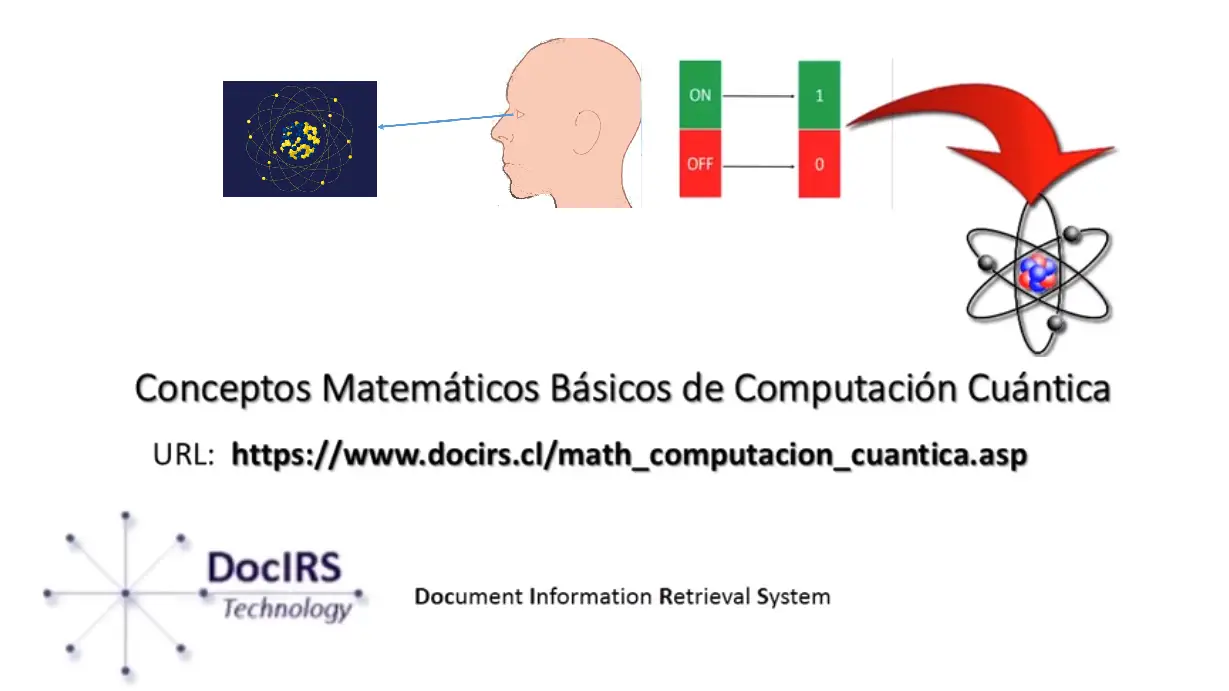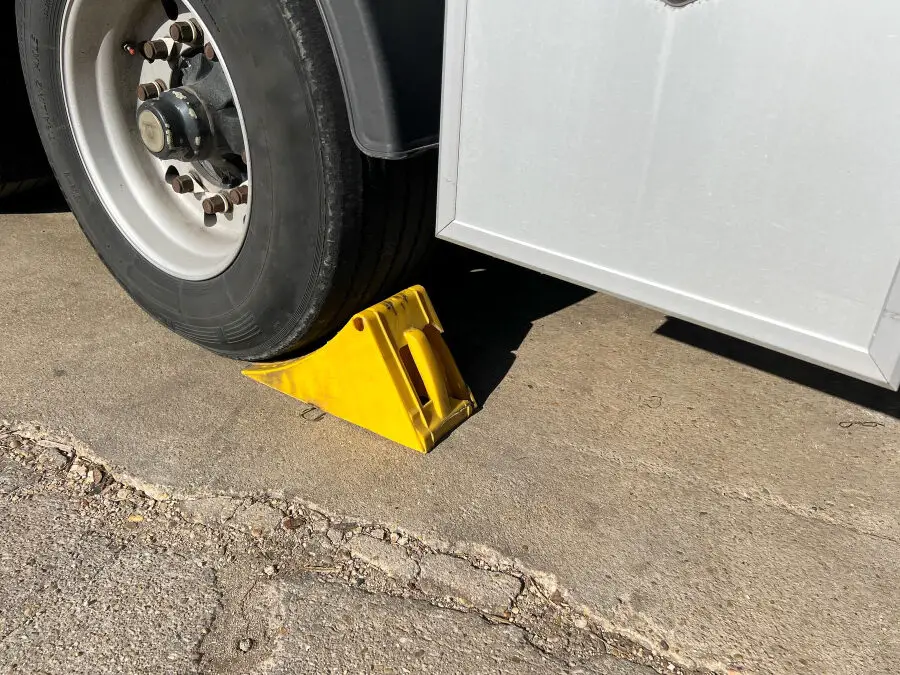Understanding gauge pressure: formula and explanatory examples
Discover in a simple and clear way how gauge pressure impacts our daily lives with explanatory examples and the key formula. Immerse yourself in the fascinating world of physics and pressure in this Polarities article. Do not miss it!
Everything you need to know about gauge pressure: formula and applications
The **gauge pressure** is the difference between the actual pressure of a fluid and the atmospheric pressure. It is commonly used in engineering and physics applications to measure the relative pressure of a system compared to atmospheric pressure.
The **formula** to calculate gauge pressure is:
[ P_{man} = P – P_{atm} ]
Where:
– (P_{man}) is the gauge pressure.
– (P) is the absolute pressure of the fluid.
– (P_{atm}) is the atmospheric pressure.
**Applications** of gauge pressure include:
1. **Industry:** In the chemical and process industry, it is used to control and monitor pressure in piping and vessel systems.
2. **Engineering:** It is essential in the design of fluid systems to ensure safe and efficient operation.
3. **Medicine:** In medical applications, it is used to measure blood pressure in devices such as sphygmomanometers.
Understanding Pressure: Examples and Measurement Methods
**Understanding pressure: Examples and measurement methods**
Pressure is a physical quantity that measures force per unit area and is of vital importance in various fields such as physics, meteorology, engineering and medicine. Below are some examples of pressure and the most common measurement methods:
Examples of pressure:
- Atmospheric pressure: is the pressure exerted by the Earth's atmosphere on the Earth's surface. Its standard value is approximately 1013 millibars at sea level.
- Hydrostatic pressure: is the pressure exerted by a fluid at rest due to its weight. At greater depth, the hydrostatic pressure increases.
- Pressure of a gas: refers to the pressure exerted by a gas in a container due to the collision of its molecules against its walls.
Pressure measurement methods:
| Method | Description |
|---|---|
| Pressure gauge | Instrument that measures the pressure of a fluid in a closed system. It can be bourdon type, U-tube, diaphragm, among others. |
| Barometer | Instrument used to measure atmospheric pressure. The mercury barometer is one of the best known. |
| pressure transducers | Electronic devices that convert pressure into an electrical signal. They are widely used in industry. |
| differential pressure gauge | Used to measure the pressure difference between two points. It is useful in fluid flow applications. |
Understanding pressure and associated measurement methods is essential for the design, control and maintenance of systems in which this magnitude plays a crucial role. Don't underestimate the importance of understanding pressure in different contexts!
The exact method to calculate pressure
Calculating the pressure in a system is essential to understand its behavior and ensure its correct functioning. Pressure is defined as the force exerted by a fluid on a surface in a specific area. To calculate it accurately, it is necessary to consider several key factors:
- Factors to take into account:
- The force applied on the surface.
- The area over which the force is exerted.
- The type of fluid and its density.
Formula for calculating pressure:
The pressure (P) is calculated using the following formula:
| Pressure (P) | = | Strength (F) | / | Area (A) |
Where:
– Force is measured in Newtons (N).
– The area is measured in square meters (m²).
Importance of calculating pressure correctly:
Accurately calculating pressure is crucial in various fields such as engineering, physics, and medicine. It allows predicting the behavior of fluids in closed systems, designing safe structures and understanding natural phenomena.
Conclusion:
Mastering the exact method of calculating pressure is essential for those involved in disciplines where this concept plays a crucial role. With the right formula and considering the relevant factors, it is possible to obtain precise values that facilitate analysis and informed decision making.
And that's how gauge pressure stops being a headache and becomes your best friend! Now you can boast that you understand it better than your neighbor on the fifth floor. Applause to you, physics champion! See you in the next chapter of “Polarities” to continue discovering the fascinating world of science together!




Post Comment